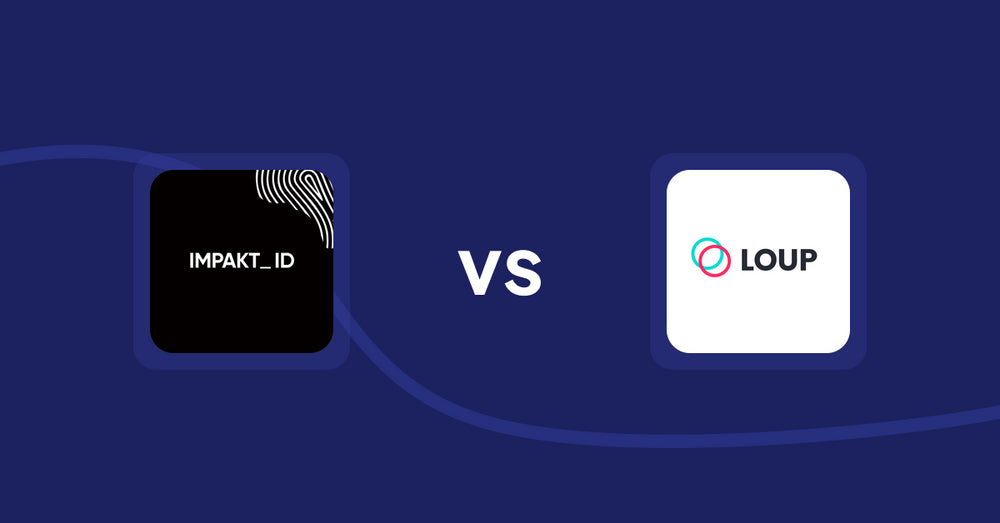Shopify Product Display Apps: TableFlow Specification Table vs ReVisit‑Recent Viewed Products

Table of Contents
- Introduction
- How Does TableFlow Specification Table Work?
- How Does ReVisit‑Recent Viewed Products Work?
- How Much Does TableFlow Specification Table Cost?
- How Much Does ReVisit‑Recent Viewed Products Cost?
- Cost Analysis: TableFlow Specification Table vs. ReVisit‑Recent Viewed Products
- User Reviews & Customer Support Insights
- Integration and Compatibility Comparison
- Conclusion
Introduction
In the world of online retail, the product display is pivotal in capturing your audience's attention and driving sales. Research indicates that an organized and informative product display can lead to a significant increase in conversion rates, as customers are more inclined to make purchases when they have all the necessary information at their fingertips. Here’s where product display apps play a crucial role. They not only enhance visual appeal but also boost user engagement through detailed specifications and easy navigation.
This analysis compares two Shopify apps designed for product display—TableFlow Specification Table and ReVisit‑Recent Viewed Products. Both apps offer distinct features aimed at enhancing the customer experience. While ReVisit focuses on showcasing recently viewed products, TableFlow provides a more comprehensive tool for displaying detailed product specifications. This blog will delve into the functionality, pricing, user reviews, and overall effectiveness of each app in enhancing the customer journey.
How Does TableFlow Specification Table Work?
TableFlow Specification Table is engineered to streamline the process of displaying extensive product specifications in a visually appealing format. Its primary aim is to help retailers provide clear, organized product information, which ultimately fosters informed purchasing decisions.
Key Features
-
Unlimited Product Listings: With this feature, businesses can create specification tables for an infinite number of products. This capability is particularly beneficial for large-scale retailers who manage vast inventories.
-
Conditional Display Logic: This allows users to dictate which specifications appear based on product categories or tags. For instance, if a product does not apply to certain specifications, those details can be hidden, thus simplifying the customer’s browsing experience.
-
Real-Time Updates: Specification values are modified in real-time as product variants change. This ensures that customers always have access to the latest specifications without needing to refresh or navigate away.
-
Multi-Column Tables: This feature allows businesses to display additional information, such as sizing or shipping rates, in a clear, organized manner. This is particularly helpful for businesses with a diverse range of products and shipping options.
-
Custom Templates: Users can select from various templates to customize the look and feel of their specification tables. Whether a retailer prefers a compact view or a more expansive layout, there is a suitable option for every style.
-
Tooltip Support: Additional product information can be provided through tooltips, which pop up when customers hover over specific terms or phrases. This keeps the layout clean while still delivering comprehensive product details.
Benefits for Businesses
- Startups: For burgeoning businesses, the unlimited product listings feature is crucial, allowing them to scale their offerings without incurring added costs.
- Small to Medium Enterprises: These businesses can benefit from the conditional display logic and real-time updates, ensuring that they cater dynamically to customer needs.
- Large Enterprises: The ability to maintain large inventories with organized, detailed specifications enhances the overall user experience and can lead to higher conversion rates.
Hypothetical scenarios highlight the effectiveness of TableFlow's features. For example, a startup that sells eco-friendly products can use conditional display logic to show specific certifications related to different items, thus addressing customer inquiries without cluttering the product page.
How Does ReVisit‑Recent Viewed Products Work?
ReVisit‑Recent Viewed Products provides a straightforward solution to remind customers of the items they have previously browsed. This feature is designed to rekindle interest and push potential buyers toward making a decision.
Key Features
-
Image Slider: This visual component automatically displays images of items viewed by the customer, making it easier for them to navigate back to products they are considering.
-
Adjustable Display Options: Users can modify how many products show in the slider, choose different design options, and select whether the slider should autoplay or loop. This flexibility can enhance brand consistency on visual platforms.
-
Integration Ease: Installation is simple, involving just a shortcode placement in the desired theme pages, which saves time and technical hassle for merchants.
Benefits for Businesses
- Startups: A low-cost solution that increases the likelihood of purchases by reminding customers of their interests can significantly impact a startup’s sales.
- Small to Medium Enterprises: The adjustable display options allow these businesses to align the slider visually with their branding, enhancing customer engagement.
- Large Enterprises: For larger retailers, the recently viewed products feature can improve user retention, supporting previously engaged shoppers in returning to potential purchases.
Though it appears helpful, the lack of reviews raises questions regarding customer satisfaction and the app’s overall efficacy.
How Much Does TableFlow Specification Table Cost?
Pricing is a fundamental consideration for merchants, especially for tools that directly impact sales. TableFlow Specification Table is competitively priced, offering solutions for various business needs.
- Basic Plan: At $5.96 per month, this plan offers features like unlimited products, unlimited tables, up to 150 table groups, metafields, display logic, and email support. This plan is particularly suited for startups or small businesses looking for extensive capabilities without a hefty price tag.
This pricing structure emphasizes cost efficiency while providing a broad range of features that enhance user experience. It is important to note that you can always reach out to our team, and we can create a custom pricing plan to suit your needs and your budget. Schedule a call via this link and we’ll come up with the best solution for you and your business.
How Much Does ReVisit‑Recent Viewed Products Cost?
The cost of ReVisit‑Recent Viewed Products stands at an attractive $4.99 per month.
Features Offered
- The app provides basic options such as an image slider to display recently viewed products, helping customers easily find what they are looking for.
Limitations and Considerations
- With no reviews or ratings available, it raises concerns about its effectiveness and user satisfaction, making the value of the low price ambiguous.
This app primarily appeals to startups and small businesses that may have limited budgets but still want to explore strategies to encourage repeat purchases.
Cost Analysis: TableFlow Specification Table vs. ReVisit‑Recent Viewed Products
When comparing the pricing of both apps, TableFlow offers more comprehensive functionalities at a slightly higher cost than ReVisit. The Basic Plan of TableFlow at $5.96 provides a wider range of features aimed at enhancing the user experience, especially for businesses with extensive product catalogs.
On the other hand, ReVisit's pricing at $4.99 is appealing; however, the lack of extensive features may limit its effectiveness, especially for larger operations that might need more than just a reminder mechanism.
User Reviews & Customer Support Insights
Is TableFlow Specification Table good?
TableFlow Specification Table boasts an excellent 5-star rating from 64 reviews. Users praise its easy integration and powerful features that enhance product presentation. This high rating indicates a strong user satisfaction level, showcasing its ability to effectively meet the needs of merchants.
Is ReVisit‑Recent Viewed Products good?
ReVisit‑Recent Viewed Products currently holds an average rating of 0, with no user reviews available. This absence of feedback casts doubt on its effectiveness as a reliable tool for product display. Customers could potentially appreciate its simplicity and ease of use, but without reviews, any positive or negative criticism remains speculative.
User Preference: TableFlow Specification Table or ReVisit‑Recent Viewed Products?
Comparing the two apps suggests that TableFlow Specification Table is significantly favored by users based on its reviews. With a commendable rating and numerous users validating its effectiveness, it clearly stands out compared to ReVisit, which lacks user feedback entirely. This trend highlights the better engagement and satisfaction TableFlow can provide due to its robust feature set tailored to meet diverse business needs.
Integration and Compatibility Comparison
TableFlow Specification Table Integrations
Integrating seamlessly with Translate & Adapt, TableFlow enhances its functionality by allowing merchants to cater to a global audience, providing multilingual support for product specifications, which can significantly increase sales potential across diverse markets.
ReVisit‑Recent Viewed Products Integrations
ReVisit offers no specific integrations mentioned, which may limit its broader application or advantages when compared to TableFlow’s flexibility.
Conclusion
Both TableFlow Specification Table and ReVisit‑Recent Viewed Products offer solutions to enhance online product displays. However, TableFlow emerges as the superior choice, showcasing an impressive 5-star rating and a wealth of features that promote customer engagement. Its flexible pricing options combined with extensive capabilities make it a more valuable asset for businesses of all sizes. While ReVisit may serve specific needs, the lack of user feedback and limitations in functionality suggest that its role is more basic in comparison to TableFlow’s comprehensive approach. For those seeking a robust tool that boosts product engagement and ultimately drives sales, TableFlow Specification Table seems to be the better solution.
Still Searching for the Perfect Customization Solution?
Stop searching and start thriving with Accentuate Custom Fields! This powerful metafield management app supercharges Shopify’s native features, giving you the tools to create a truly personalized customer experience.
Why Choose Accentuate Custom Fields?
- Advanced Customization: Unlimited field definitions, logical grouping, and custom layouts make your store one-of-a-kind.
- Enhanced Editor Experience: Effortlessly edit variant metafields, use advanced HTML and markdown editors, and sync field definitions between stores.
- Flexible Management: Import/export capabilities, automatic tagging, and comprehensive support for Metaobjects and versioning.
- 24/7 Support: If you have any questions or need assistance, our team is available around the clock to help with any custom modifications to suit your store.
Join over 12,000 merchants, including top Shopify Plus stores, who trust Accentuate for their customization needs. With a stellar 4.9-star rating, Accentuate is the go-to tool for advanced CMS needs, offering unmatched flexibility and control over your store’s content. Elevate your Shopify store with high-quality content that boosts customer experiences and conversions. Tell your story, showcase your products, and create an engaging customer journey with ease.
Experience the Accentuate difference and watch your Shopify store thrive!
Accentuate vs Competition
Explore how Accentuate Custom Fields stands out. Whether you’re aiming to customise your storefront, streamline operations or improve content management, see how we compare against the competition
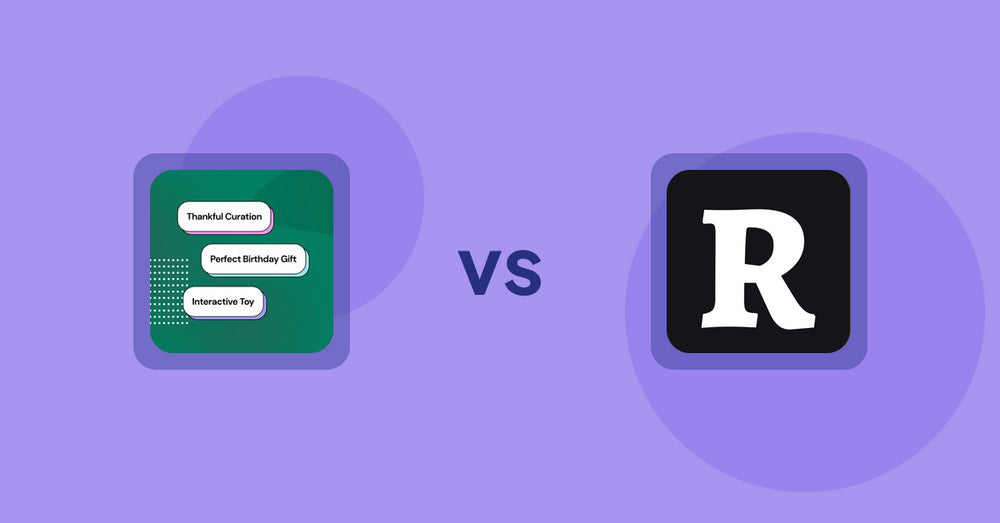
Shopify Product Display Apps: FeatureFrame ‑ Pretty Product vs. AI SEO: Top Product Features
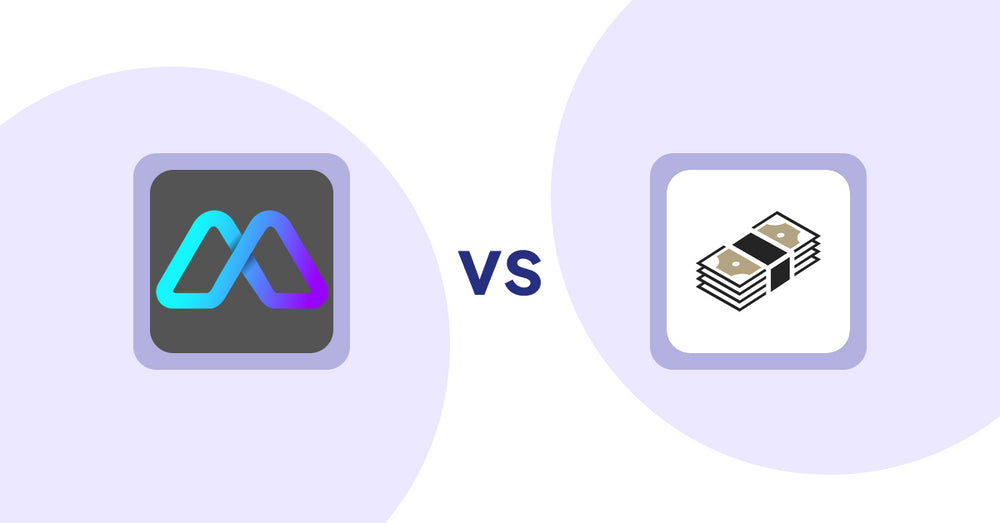
Shopify Product Display Apps: Metadrob: Create Virtual Store vs シンプルクラウドファンディング|お手軽自社クラファン
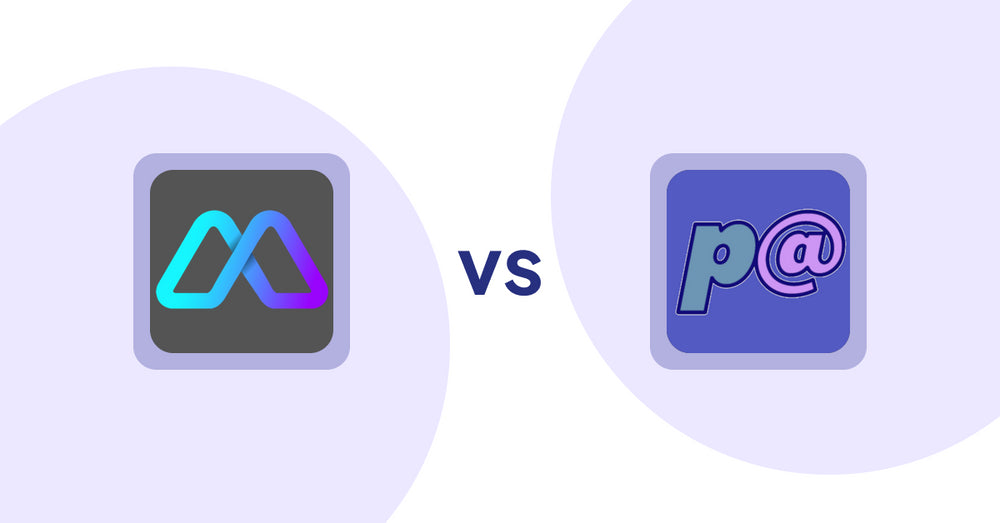
Shopify Product Display Apps: Metadrob: Create Virtual Store vs Parameterizer
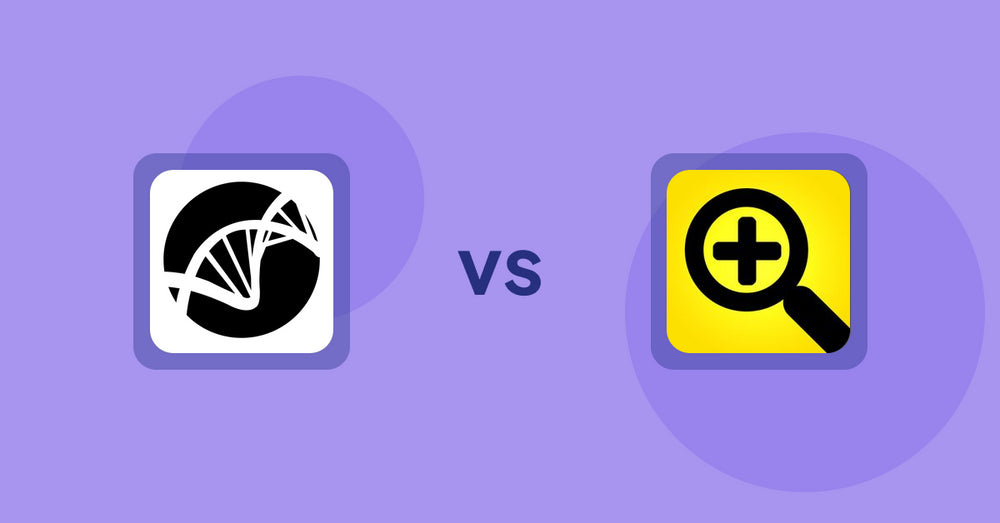
Shopify Product Display Apps: Bike Matrix vs. Fast View: Fastest Quick View
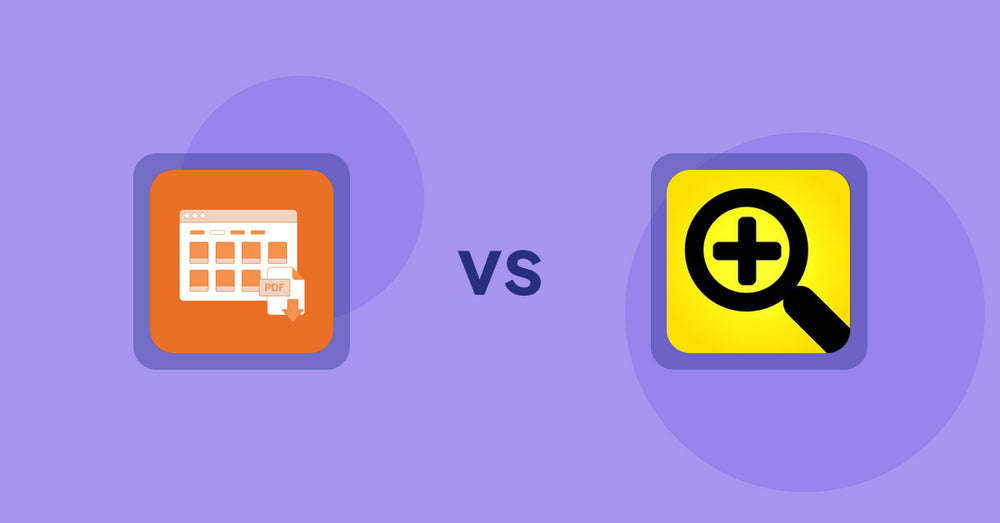
Shopify Product Display Apps: Meetanshi PDF Product Catalog vs Fast View: Fastest Quick View
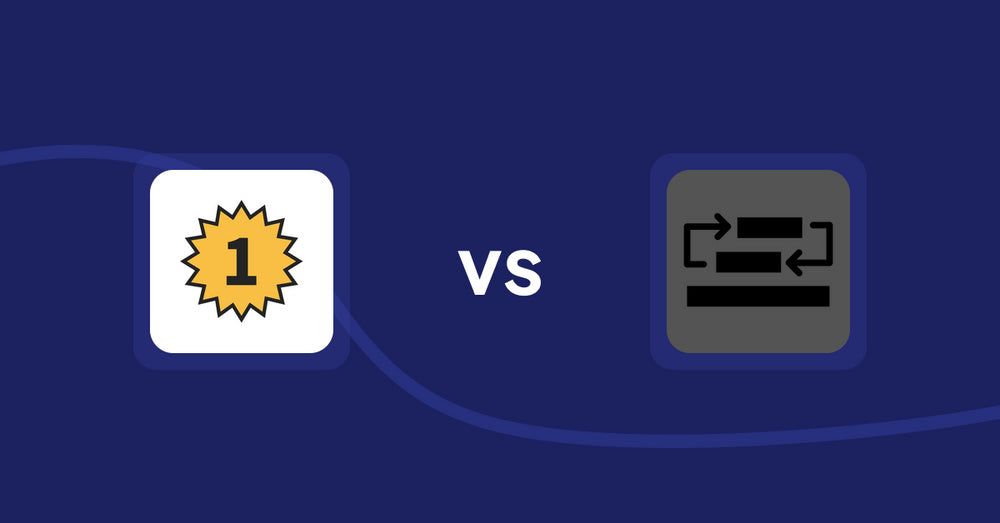
Shopify Product Display Apps: UR: Smart Ranking vs Sortyfi Collection Merchandise
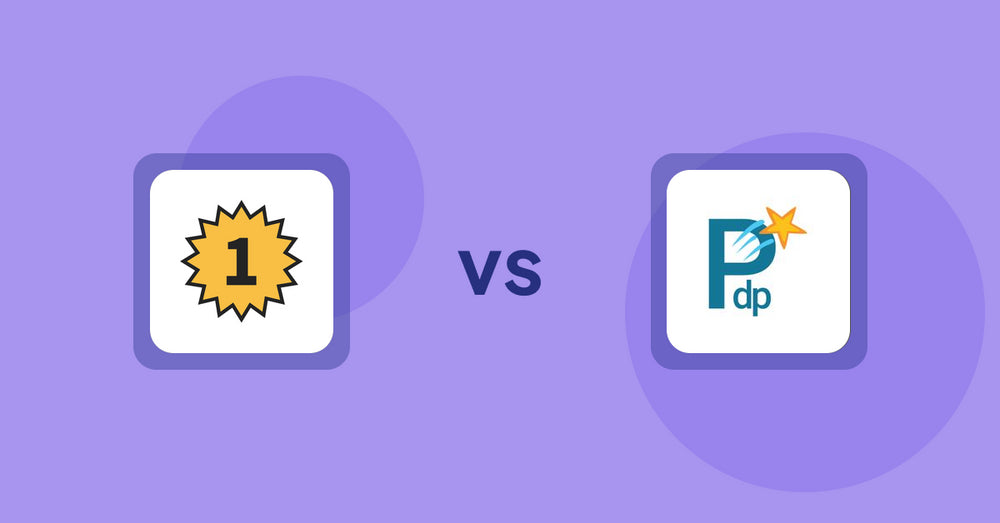
Shopify Product Display Apps: UR: Smart Ranking vs PDP Star
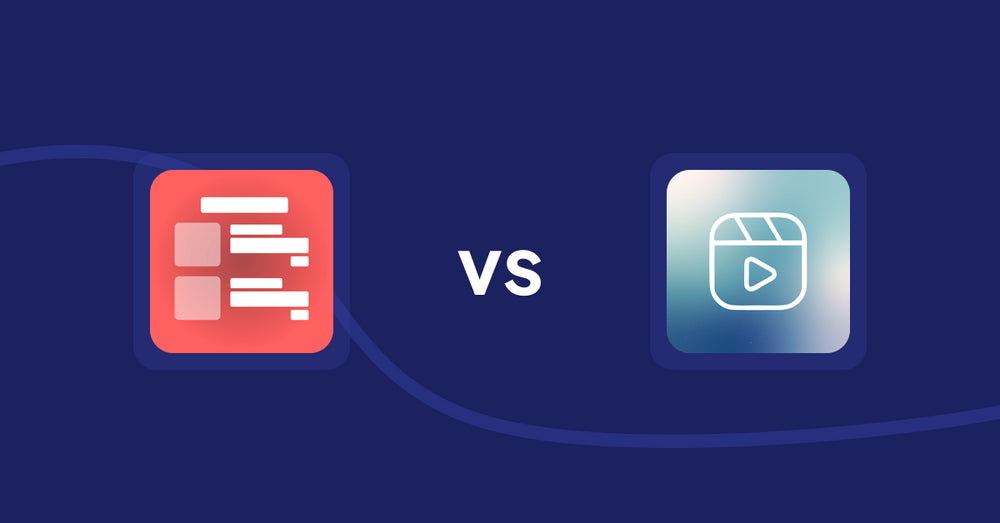
Shopify Product Display Apps: Menulog vs Reelify ‑ Shoppable Reel Video
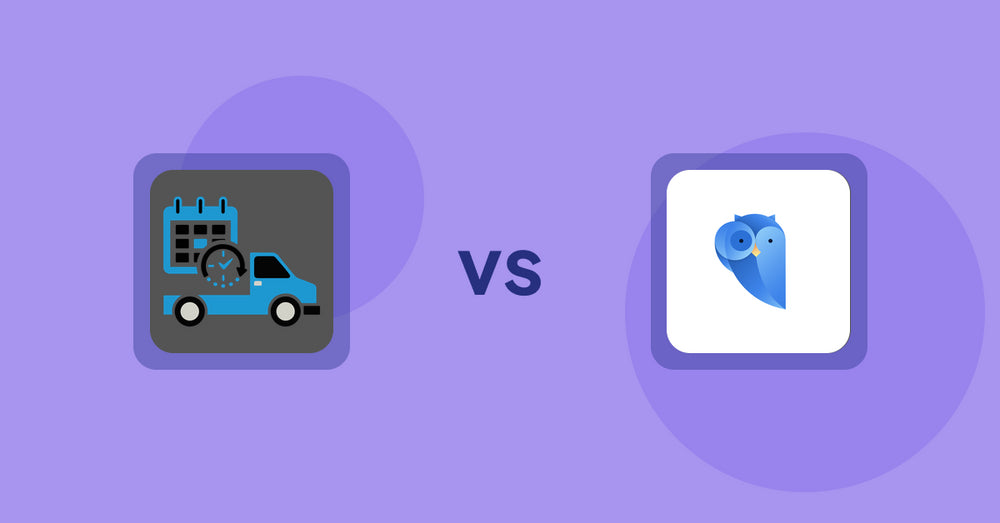
Shopify Product Display Apps: H3 Estimated Delivery vs Findify Search & Merchandise
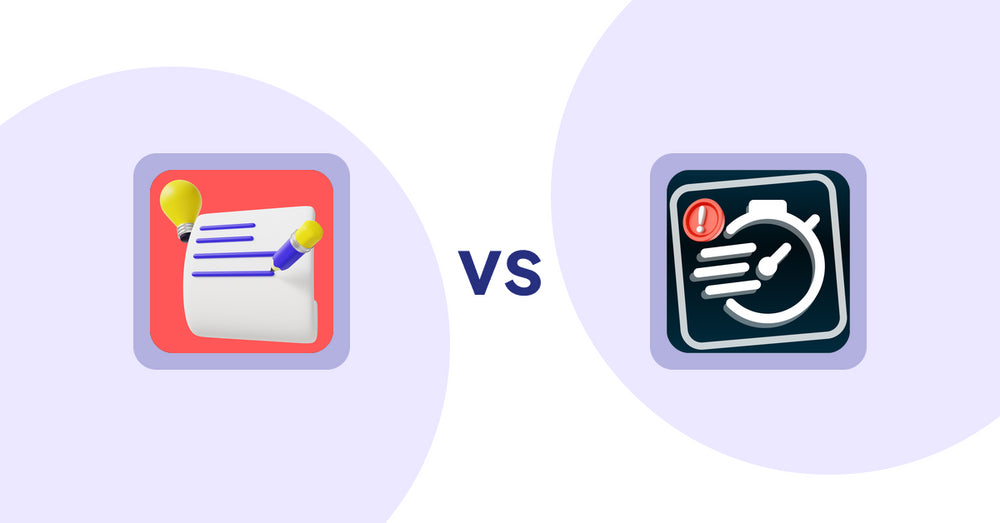
Shopify Product Display Apps: Wordo ‑ ChatGPT AI Description vs Urgency! Low Stock Counter
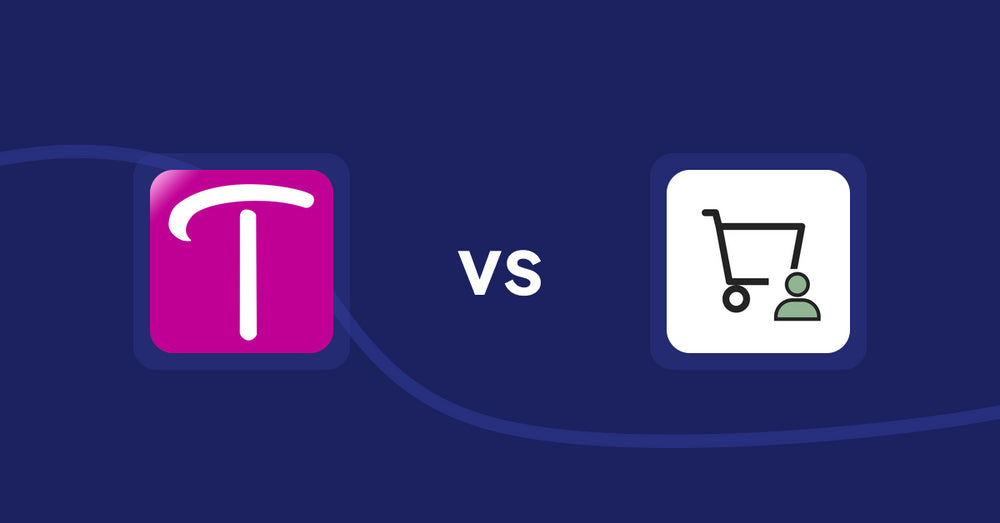
Shopify Product Display Apps: WS Transparency vs シンプル会員注文割引|お手軽ログインセール設定
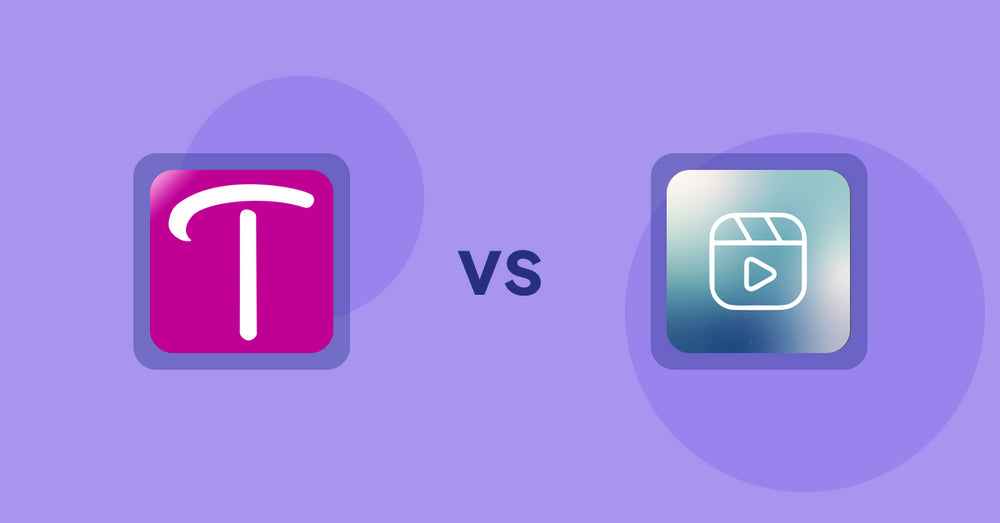
Shopify Product Display Apps: WS Transparency vs Reelify ‑ Shoppable Reel Video
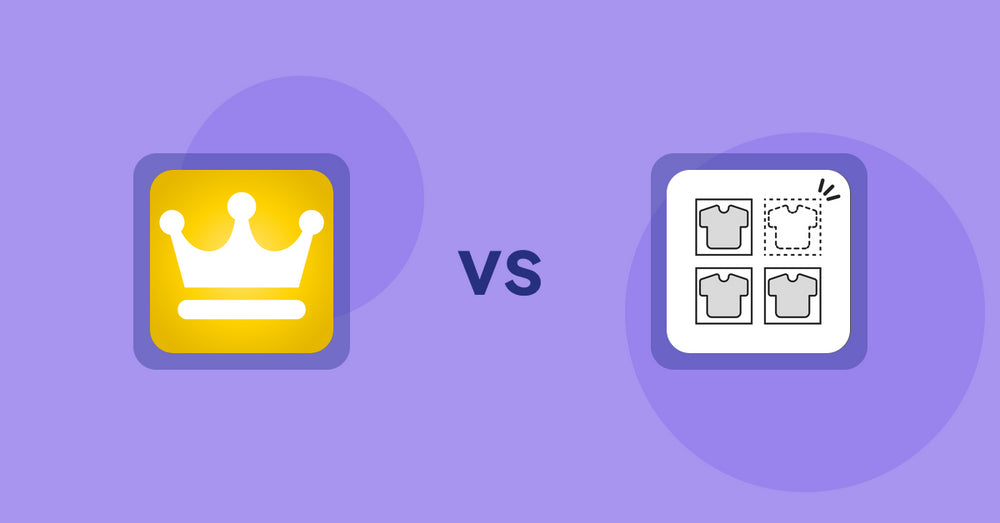
Shopify Product Display Apps: Awesome Ranking vs シンプル売り切れ非表示|在庫切れ商品の表示変更
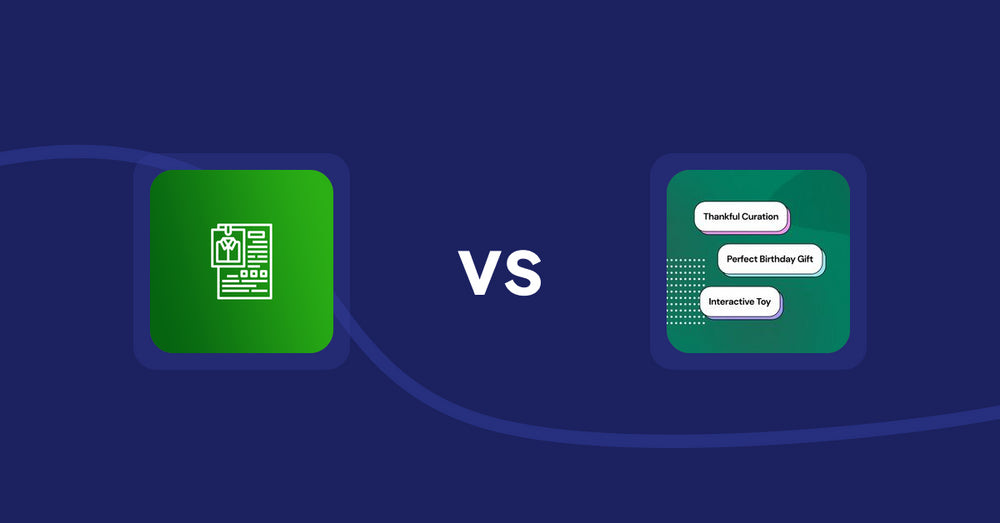
Shopify Product Display Apps: OC Product Size Chart vs FeatureFrame ‑ Pretty Product
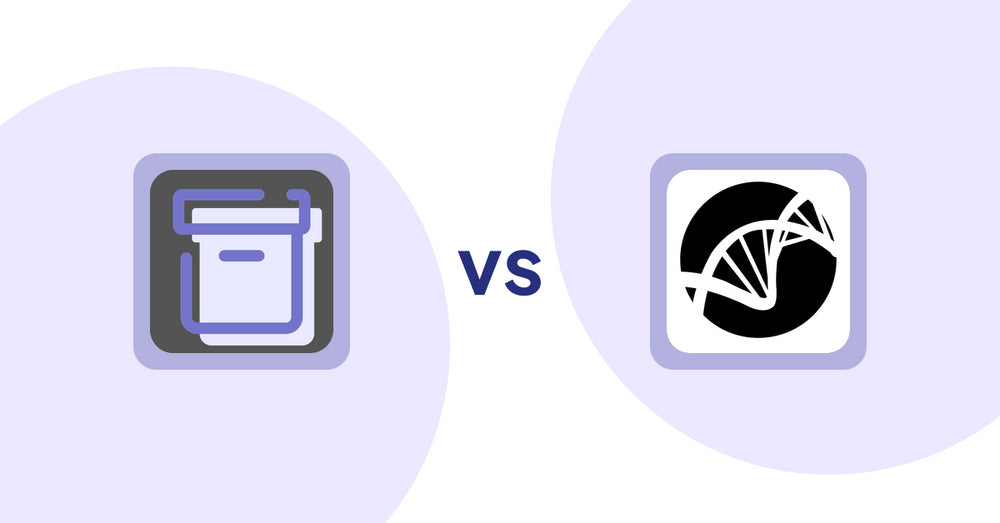
Shopify Product Display Apps: Shelfify vs Bike Matrix
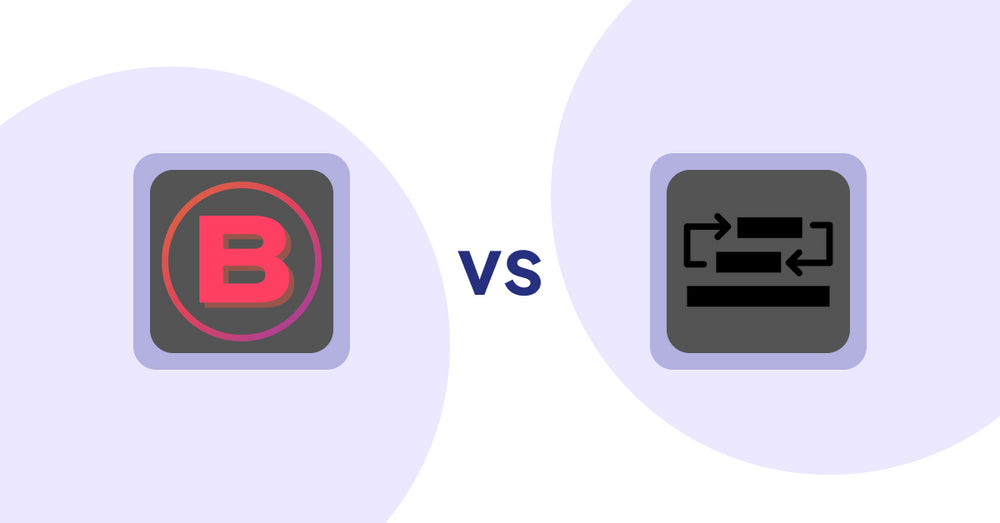
Shopify Product Display Apps: Banter Stories vs Sortyfi Collection Merchandise
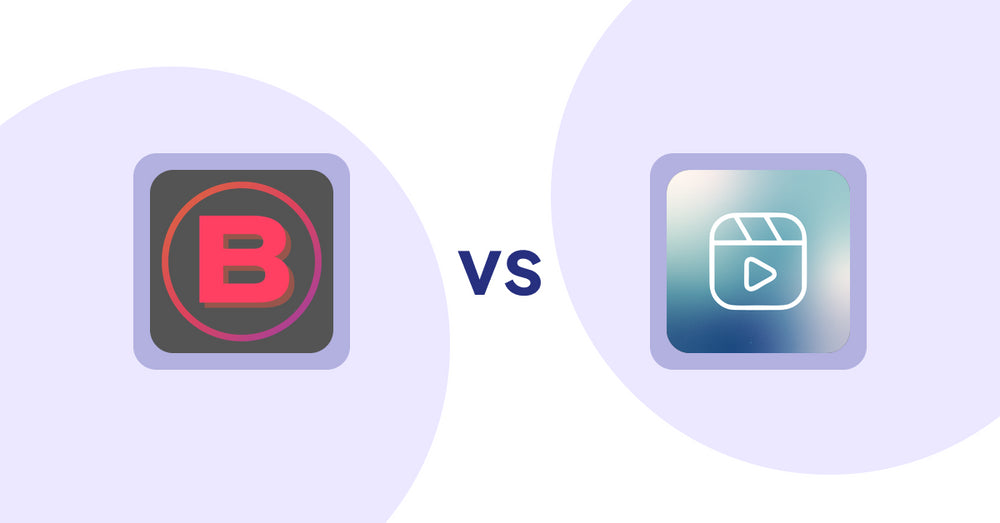
Shopify Product Display Apps: Banter Stories vs. Reelify ‑ Shoppable Reel Video
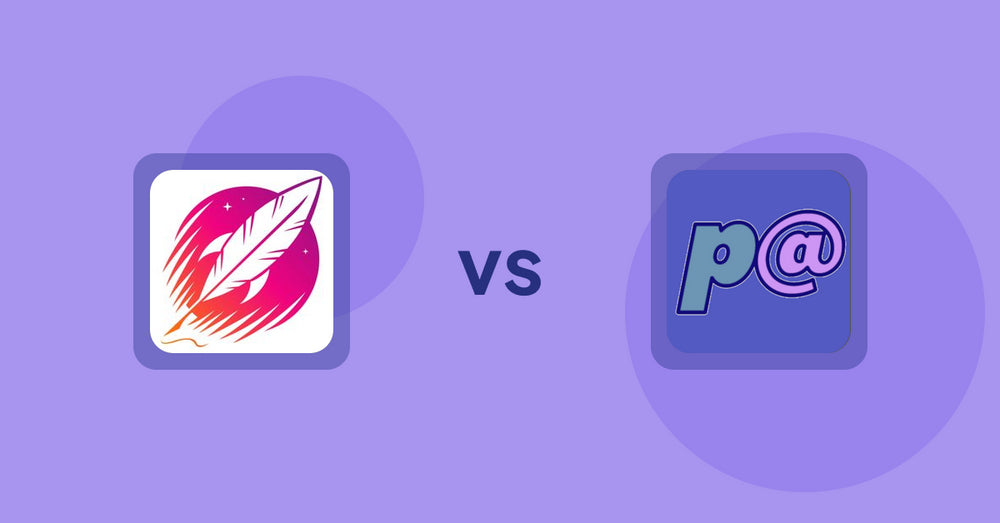
Shopify Product Display Apps: Wordsmith: Content Generator vs Parameterizer
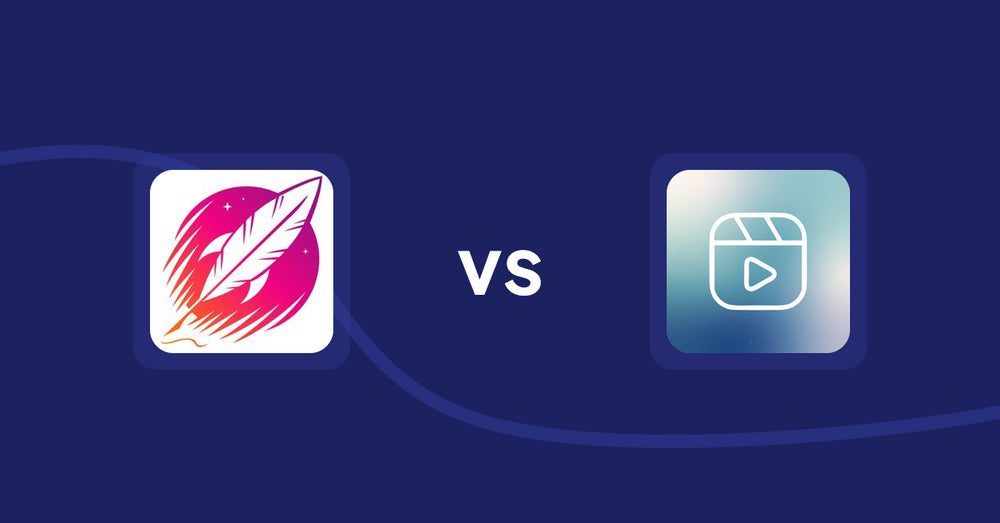
Shopify Product Display Apps: Wordsmith: Content Generator vs Reelify ‑ Shoppable Reel Video
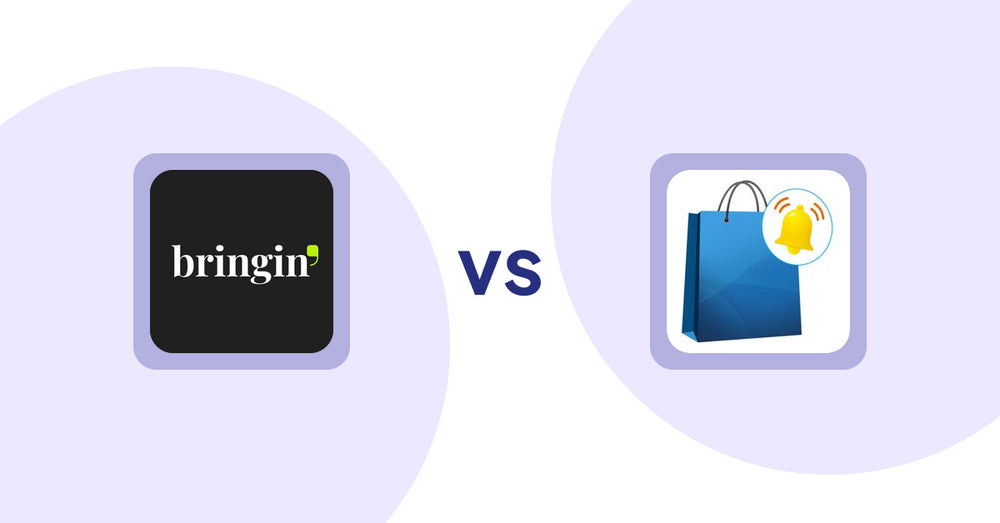
Shopify Product Display Apps: Bringin vs CartBar ‑ Product Purchase Bar
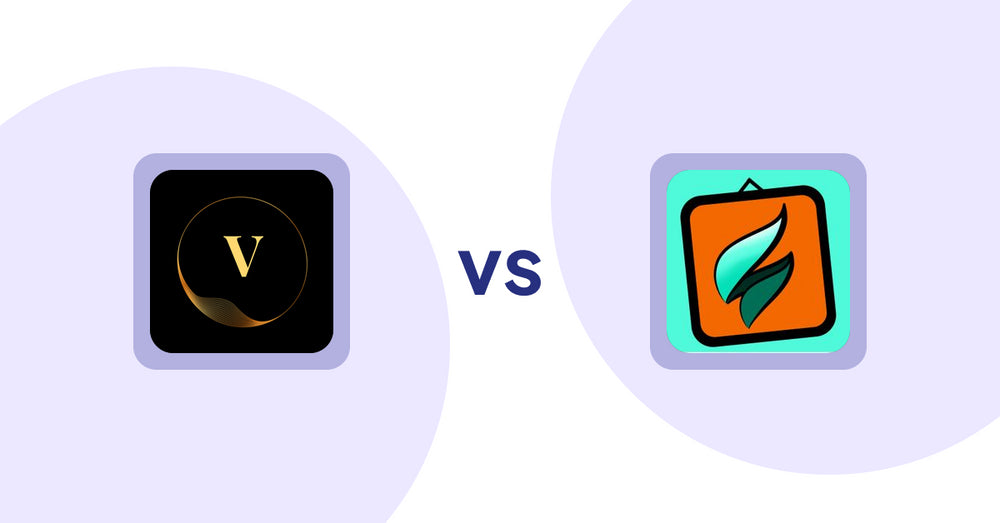
Shopify Product Display Apps: ProductTube vs SMART ‑ Art Product Builder
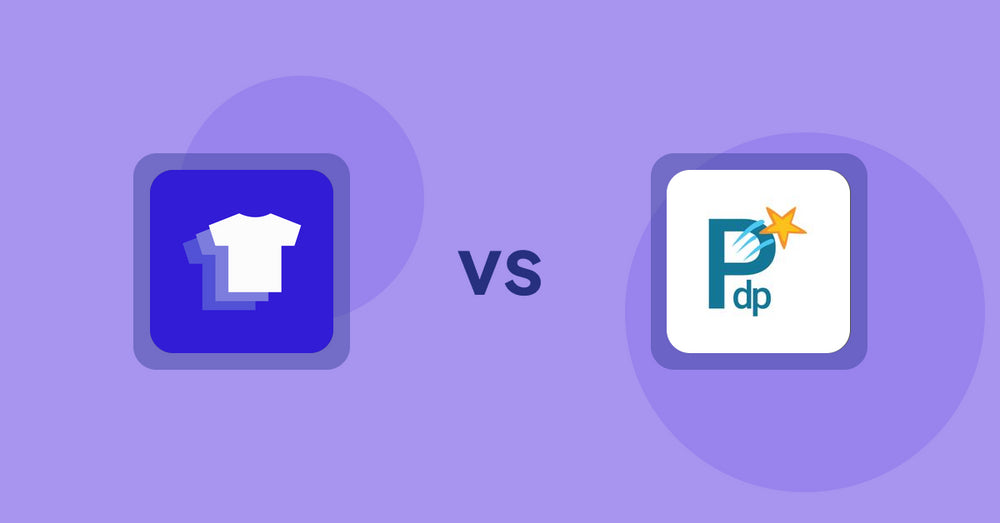
Shopify Product Display Apps: Xpander vs PDP Star
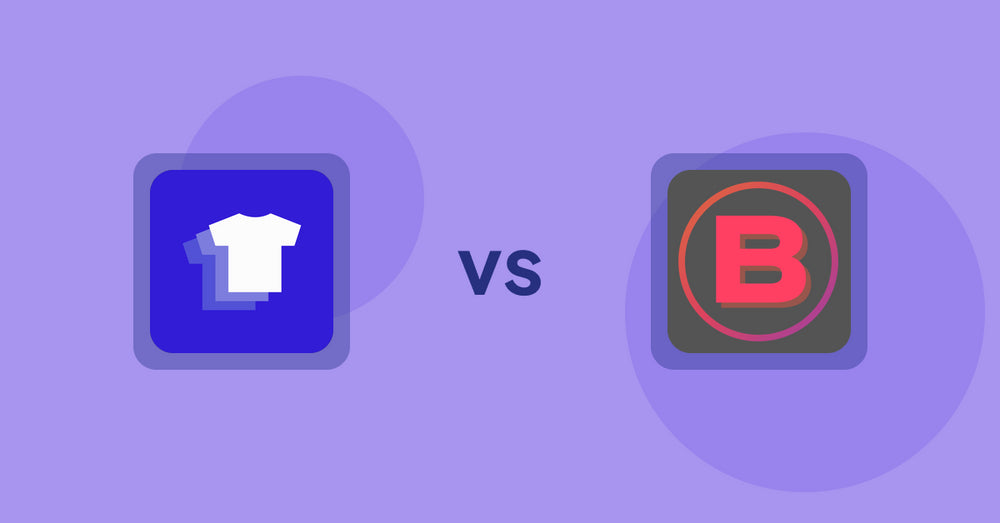
Shopify Product Display Apps: Xpander vs Banter Stories
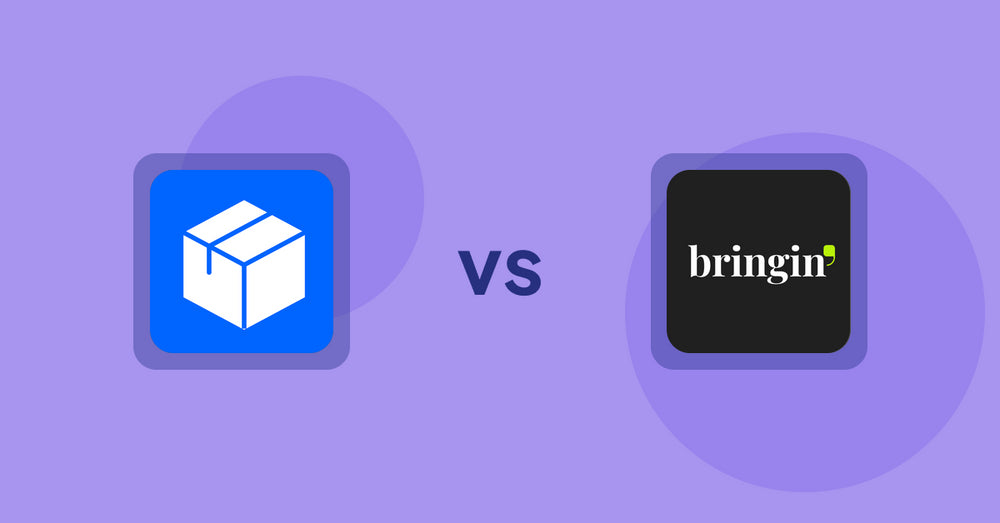
Shopify Product Display Apps: Wonderful Widgets vs Bringin
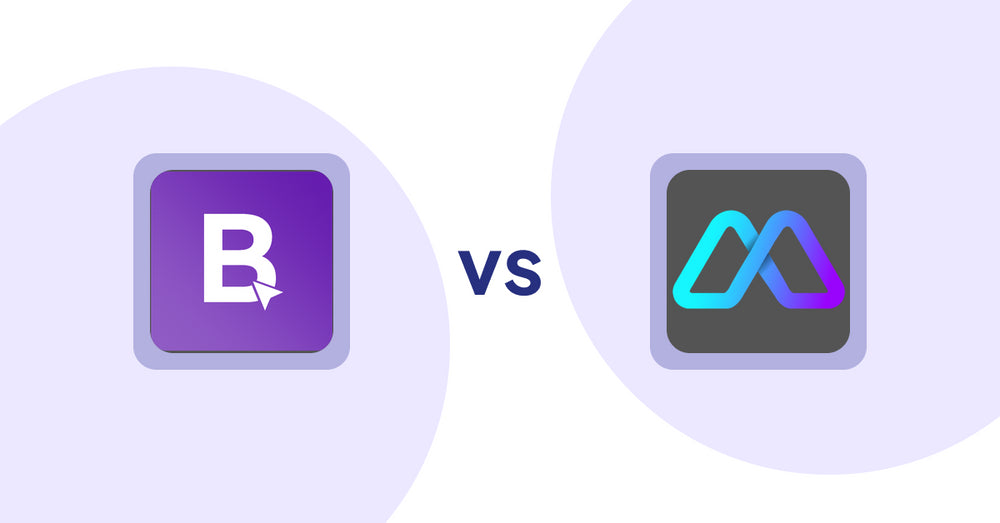
Shopify Product Display Apps: BookE - Rent Property & Service vs Metadrob: Create Virtual Store
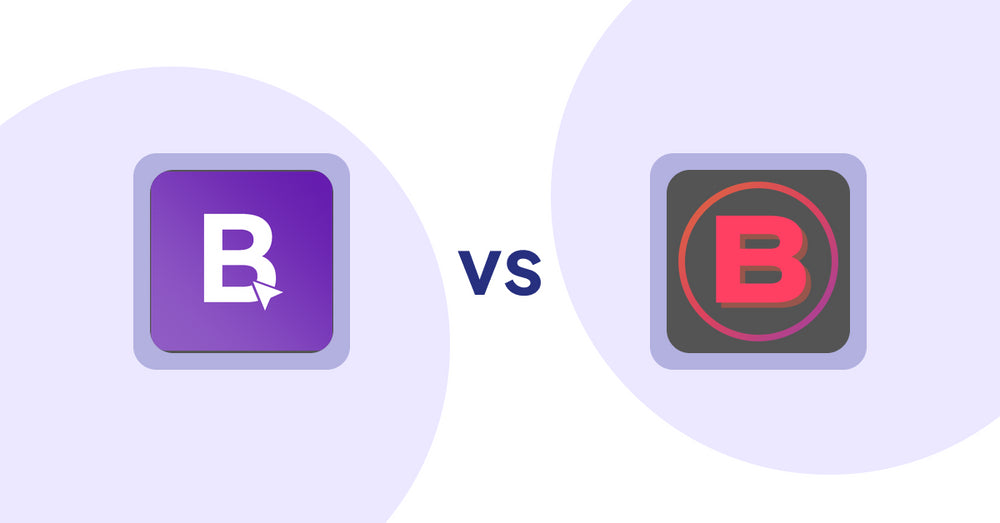
Shopify Product Display Apps: BookE ‑Rent Property & Service vs. Banter Stories
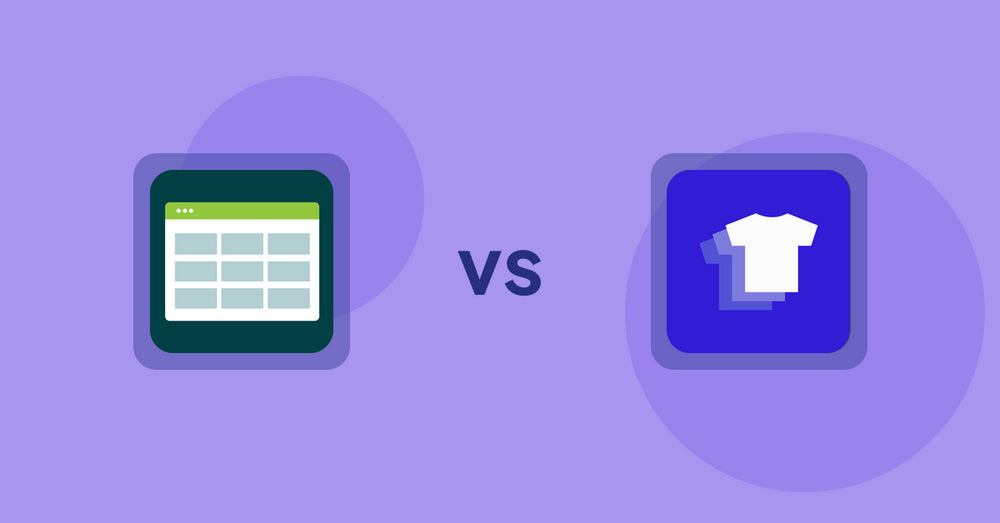
Shopify Product Display Apps: Product Table vs. Xpander
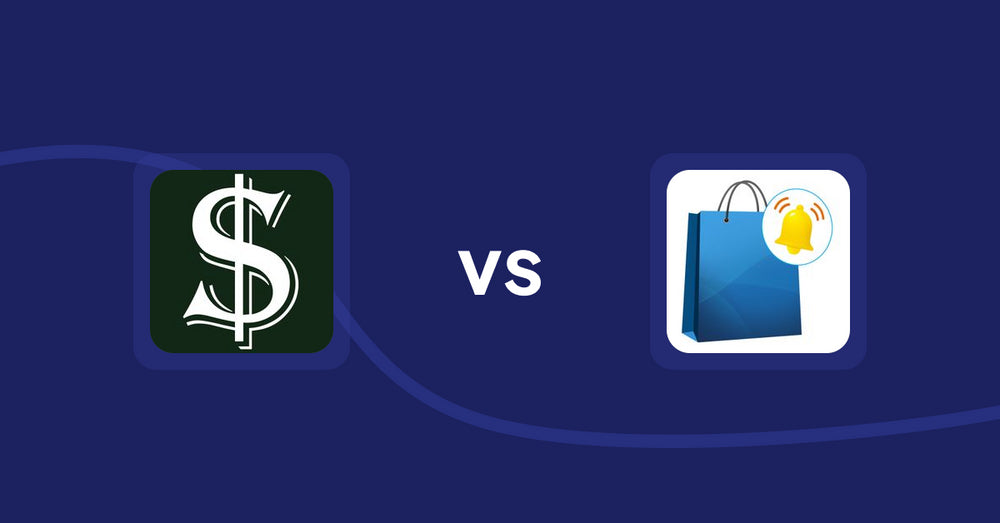
Shopify Product Display Apps: Selling Fast vs CartBar ‑ Product Purchase Bar
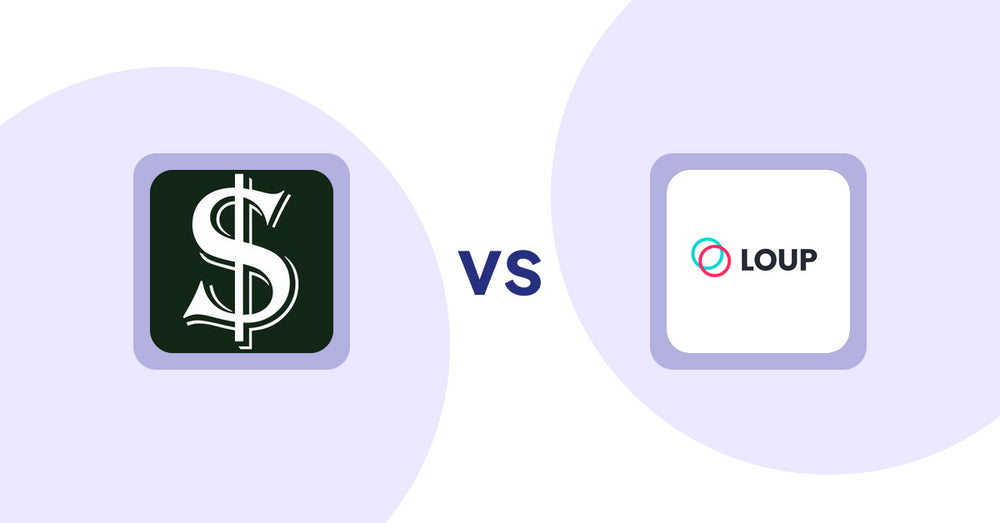
Shopify Product Display Apps: Selling Fast vs. Loup: Sell on Instagram
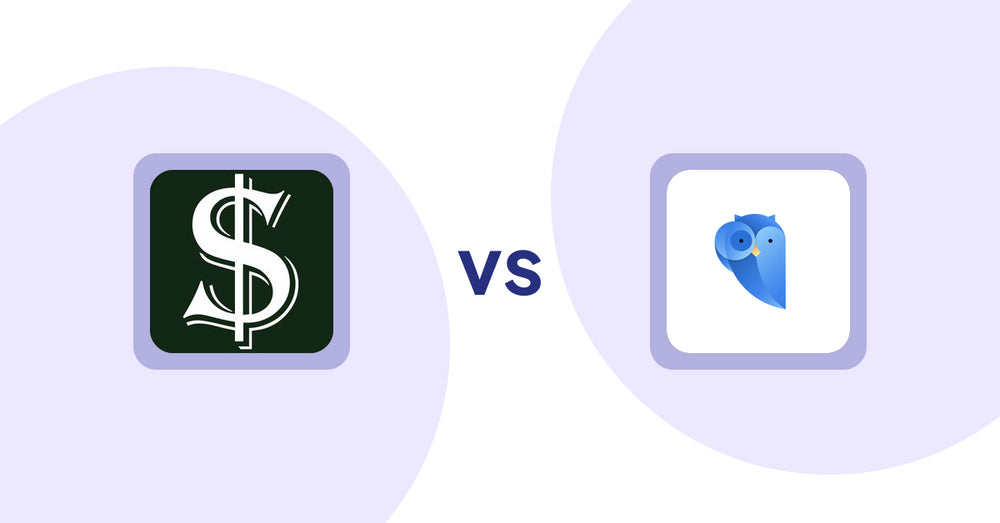
Shopify Product Display Apps: Selling Fast vs. Findify Search & Merchandise
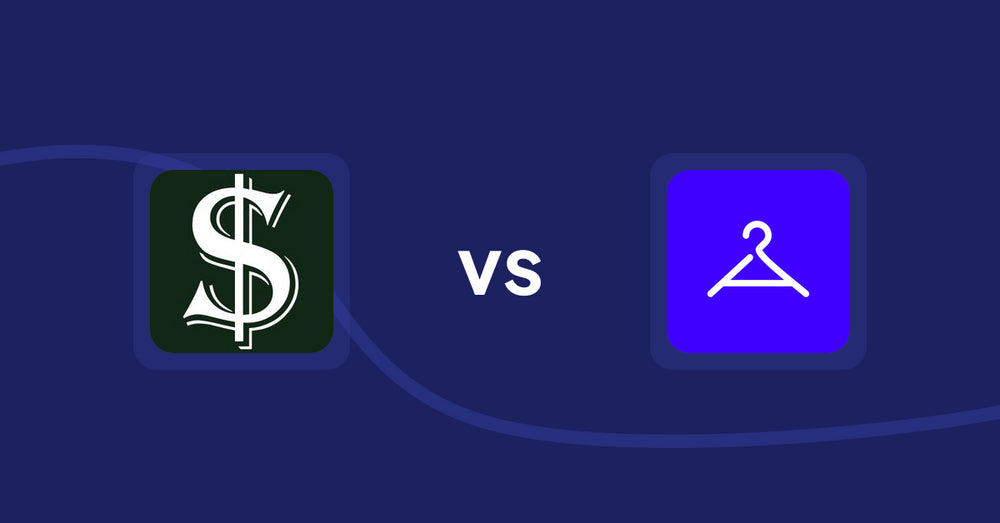
Shopify Product Display Apps: Selling Fast vs. Aiuta
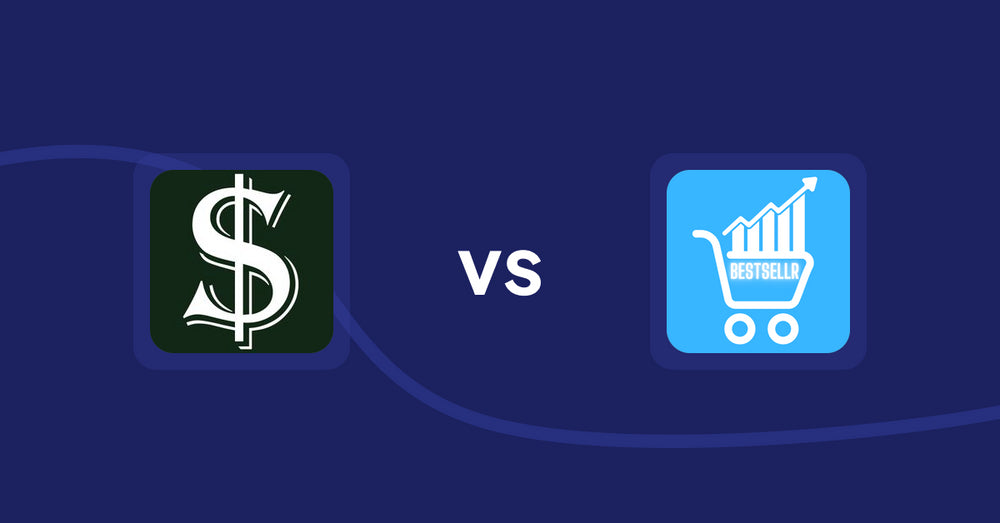
Shopify Product Display Apps: Selling Fast vs Bestsellr
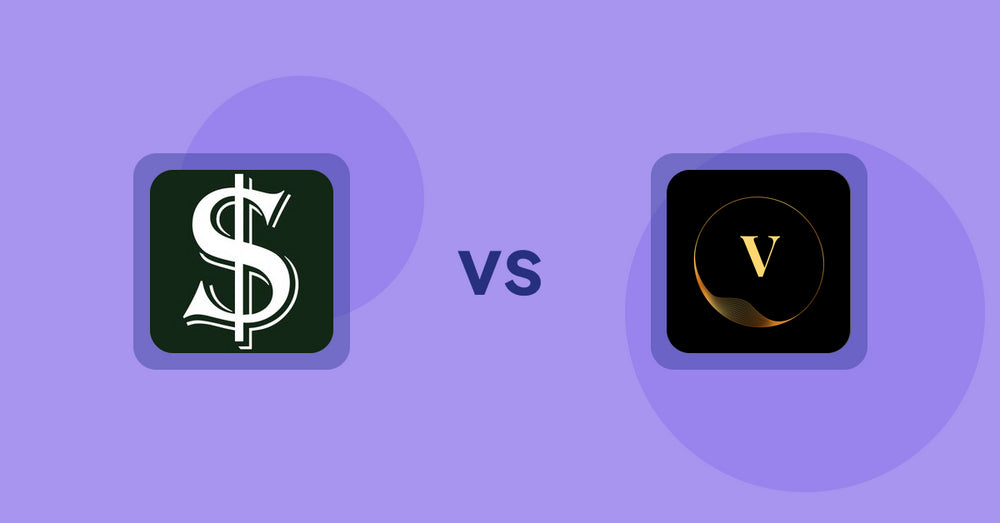
Shopify Product Display Apps: Selling Fast vs ProductTube
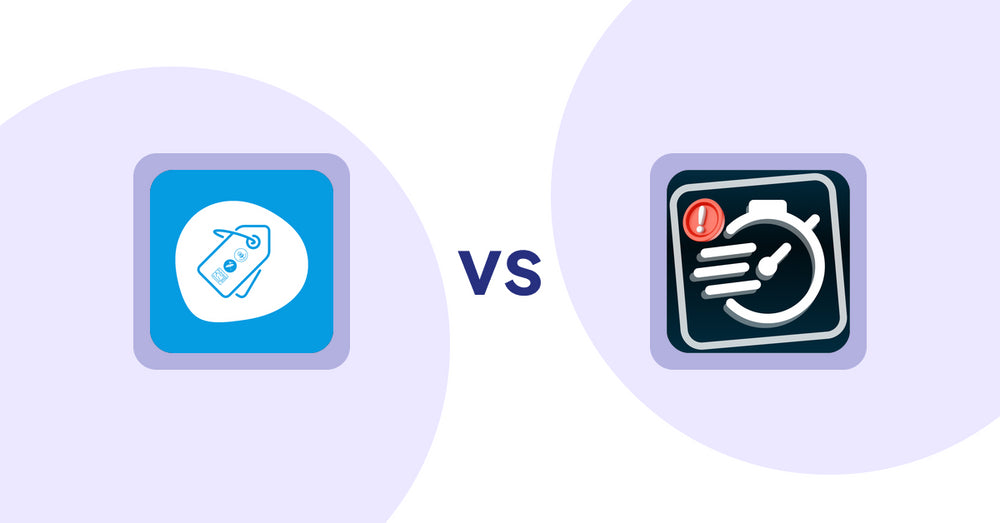
Shopify Product Display Apps: Extendons Product Tag Images vs Urgency! Low Stock Counter
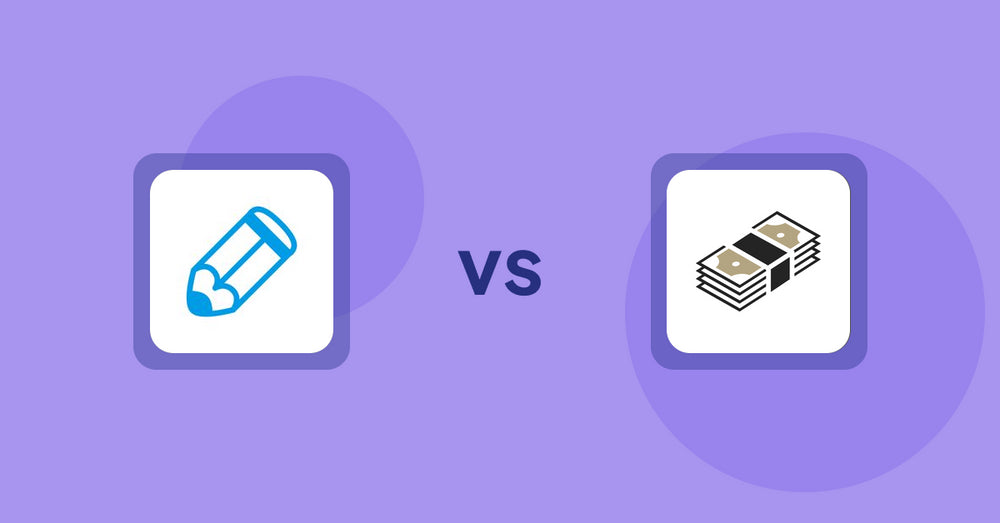
Shopify Product Display Apps: Writer Sofia vs シンプルクラウドファンディング|お手軽自社クラファン
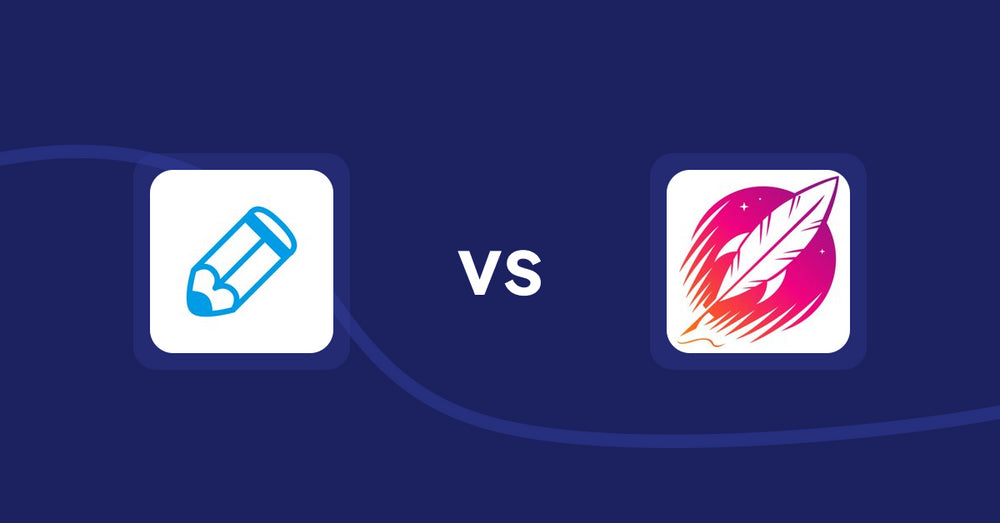
Shopify Product Display Apps: Writer Sofia vs Wordsmith: Content Generator
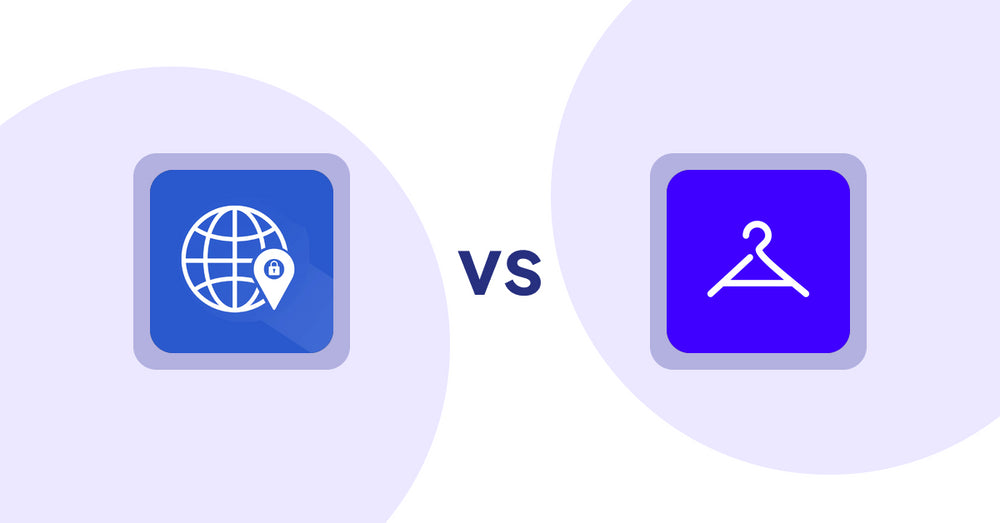
Shopify Product Display Apps: Addify ‑ Country Restrictions vs Aiuta
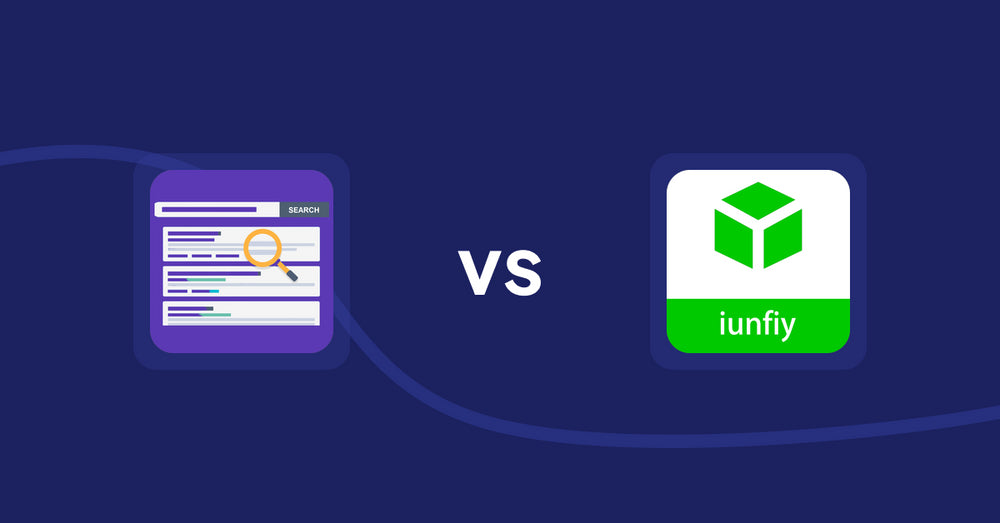
Shopify Product Display Apps: Spark AI Products Description vs iunfiy • Related Products
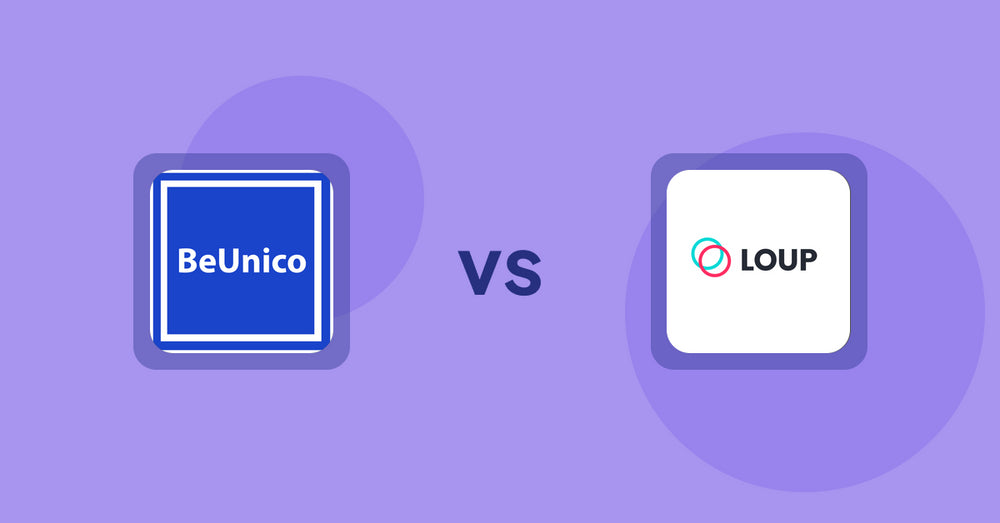
Shopify Product Display Apps: BeUnico vs Loup: Sell on Instagram
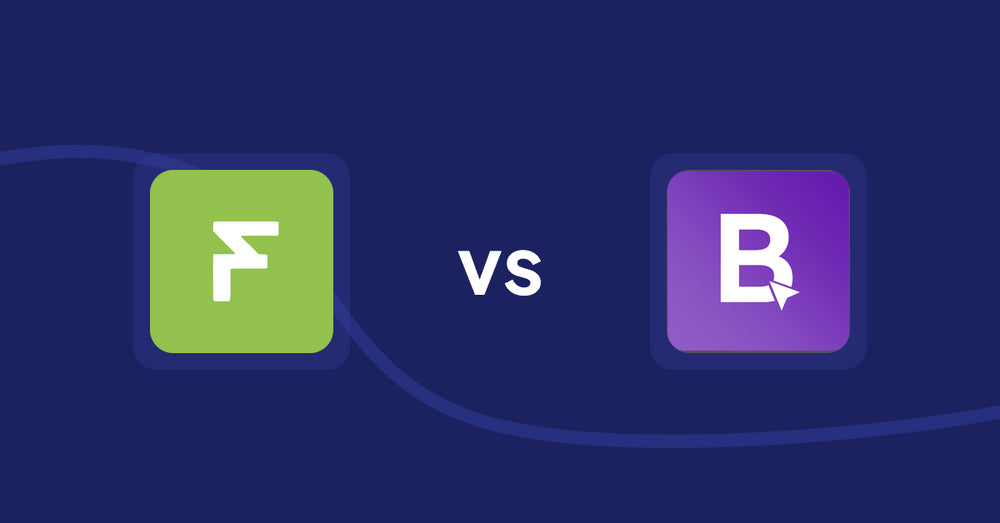
Shopify Product Display Apps: Easy Estimate Shipping vs BookE ‑Rent Property & Service
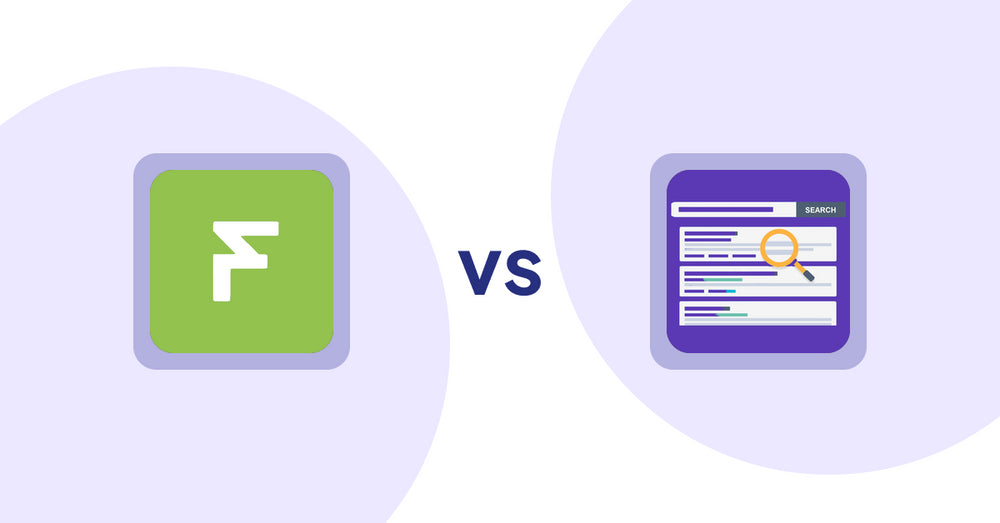
Shopify Product Display Apps: Easy Estimate Shipping vs. Spark AI Products Description
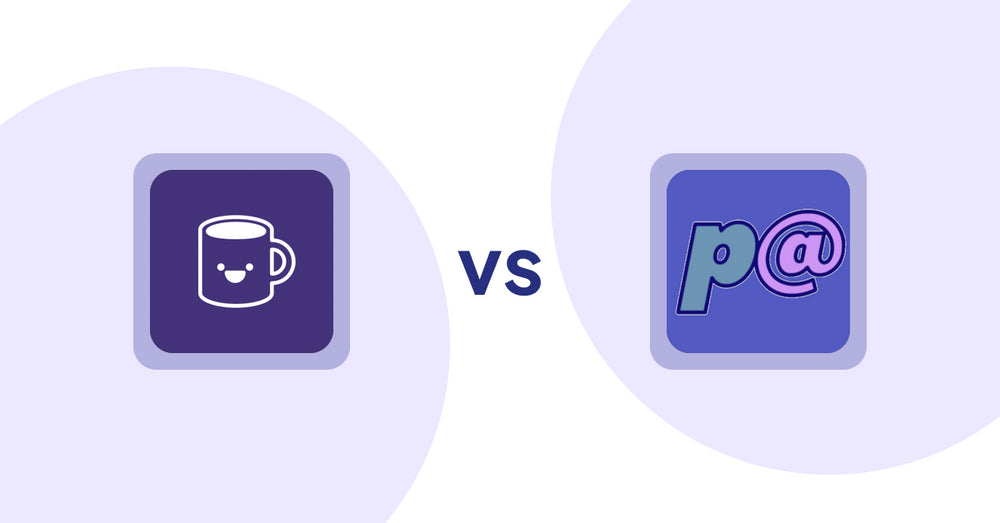
Shopify Product Display Apps: Mugshot Bot vs Parameterizer
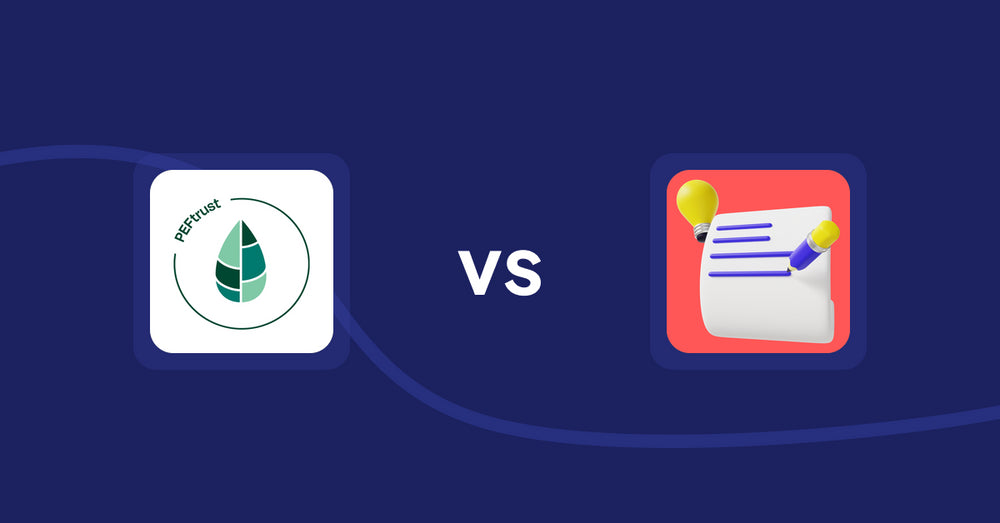
Shopify Product Display Apps: Peftrust vs. Wordo ‑ ChatGPT AI Description
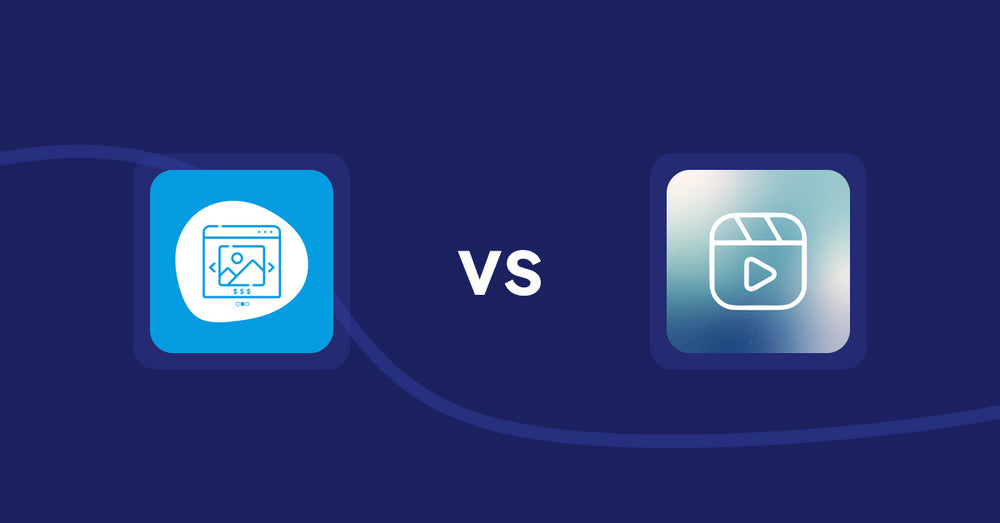
Shopify Product Display Apps: Quick Product Navigator Slide vs Reelify ‑ Shoppable Reel Video
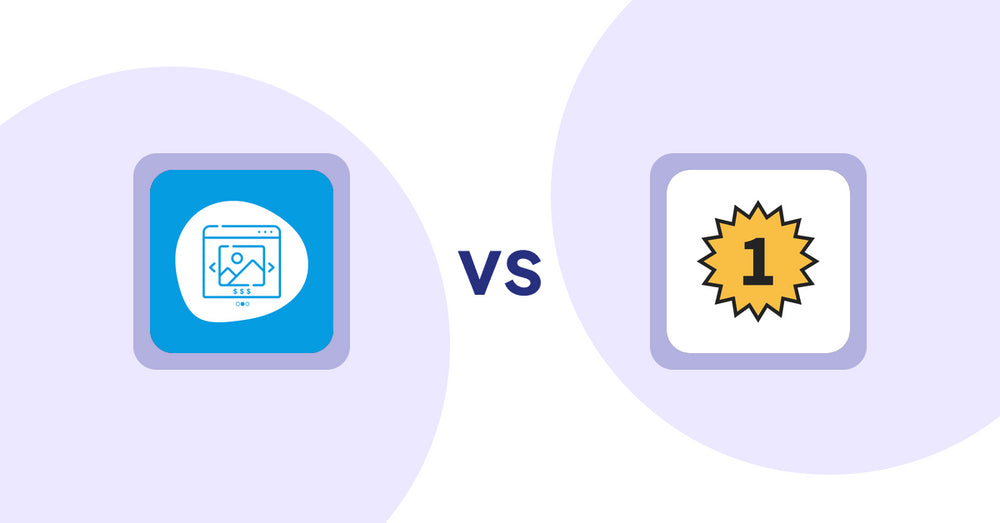
Shopify Product Display Apps: Quick Product Navigator Slide vs. UR: Smart Ranking
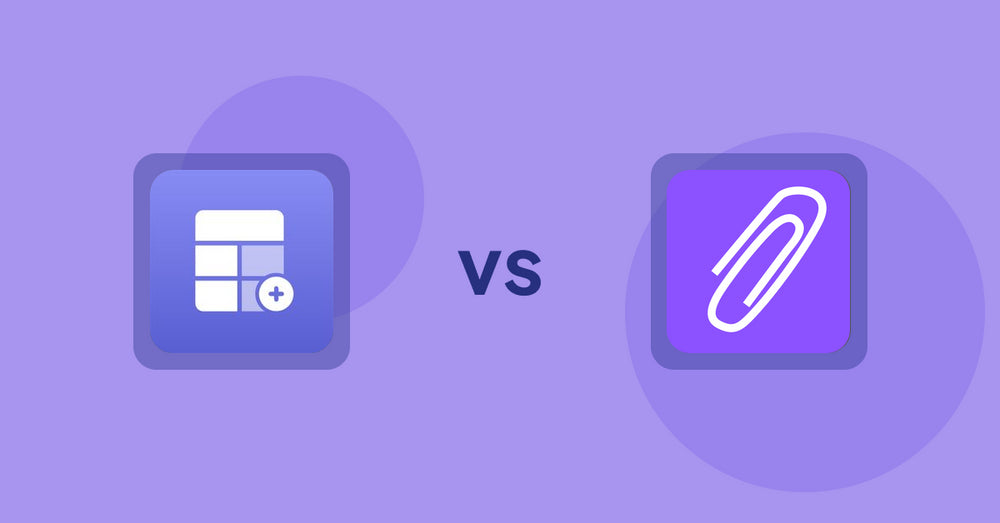
Shopify Product Display Apps: Eazy Specification Tags Table vs Agile Attachments
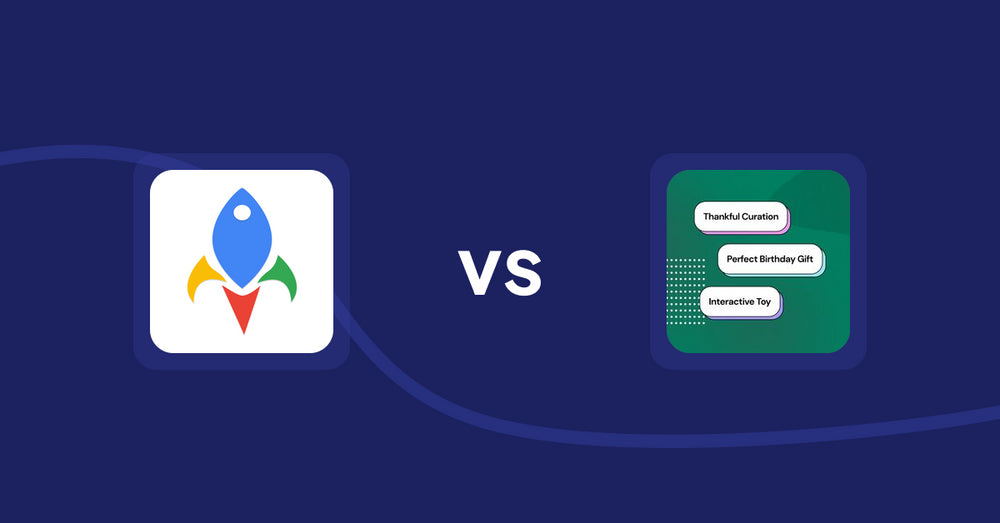
Shopify Product Display Apps: Jedi Back In Stock Admin Alert vs FeatureFrame ‑ Pretty Product
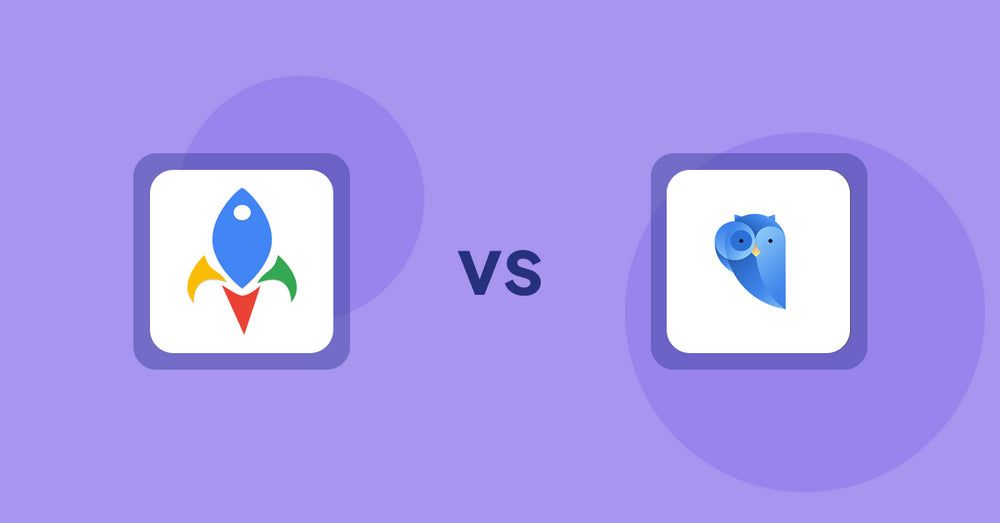
Shopify Product Display Apps: Jedi Back In Stock Admin Alert vs. Findify Search & Merchandise
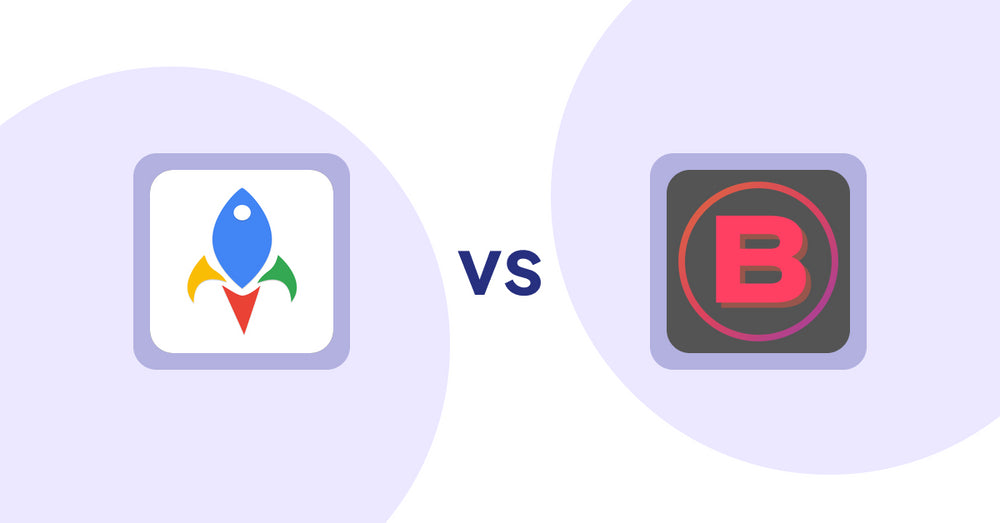
Shopify Product Display Apps: Jedi Back In Stock Admin Alert vs Banter Stories
